1. The Process of Designing
"VOYAGE" stemmed from a deeply personal journey to confront themes of trauma, pain, and vulnerability. The project aimed to challenge societal perceptions by framing vulnerability as a strength. The choice to explore these themes was informed by personal experiences and an ongoing interest in emotional healing. Extensive research, including primary interviews and ethnographic methods, shaped the narrative. I leaned into storytelling through visual media, aiming to craft a narrative that felt both raw and hopeful.
Full project: here

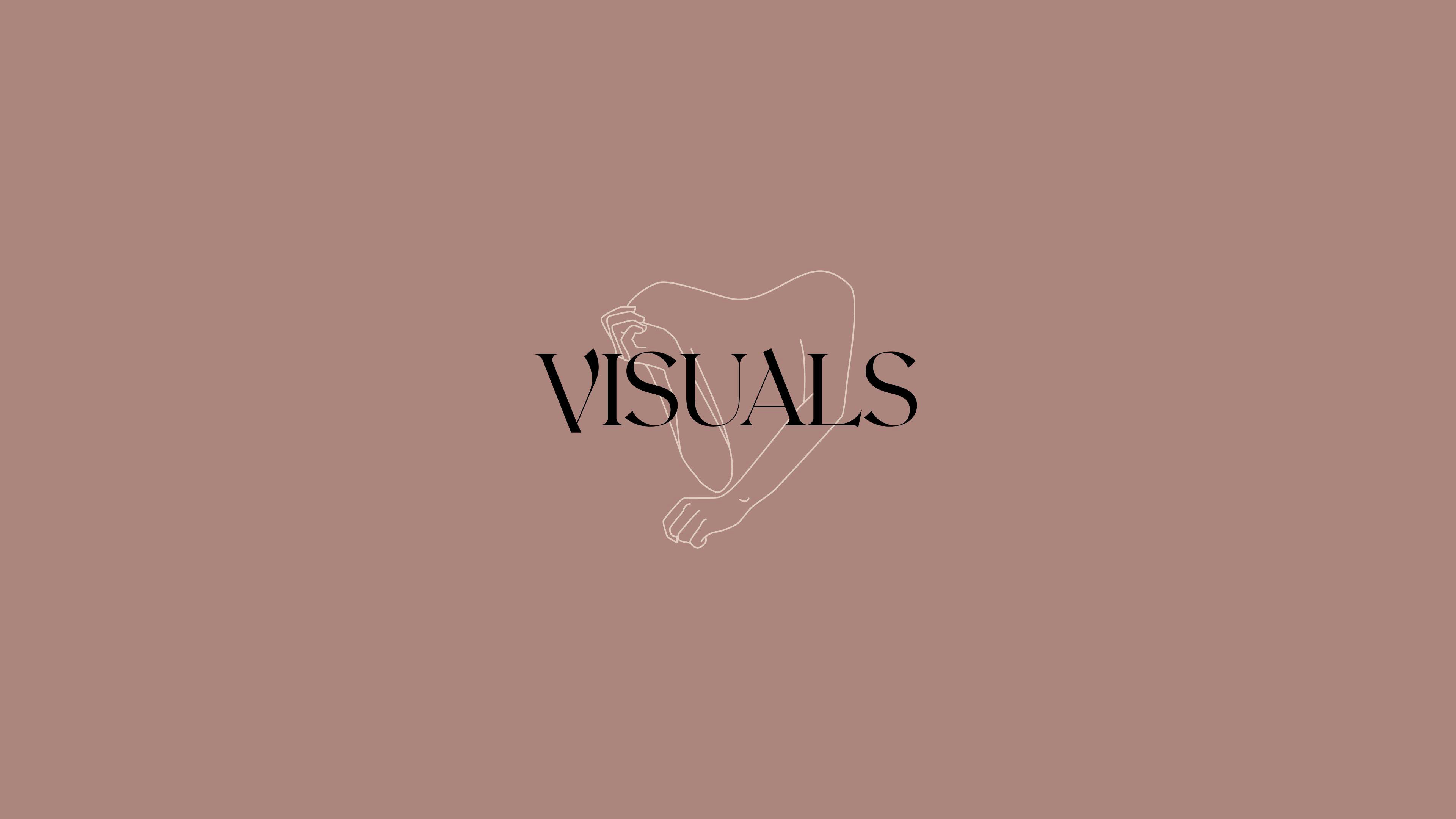

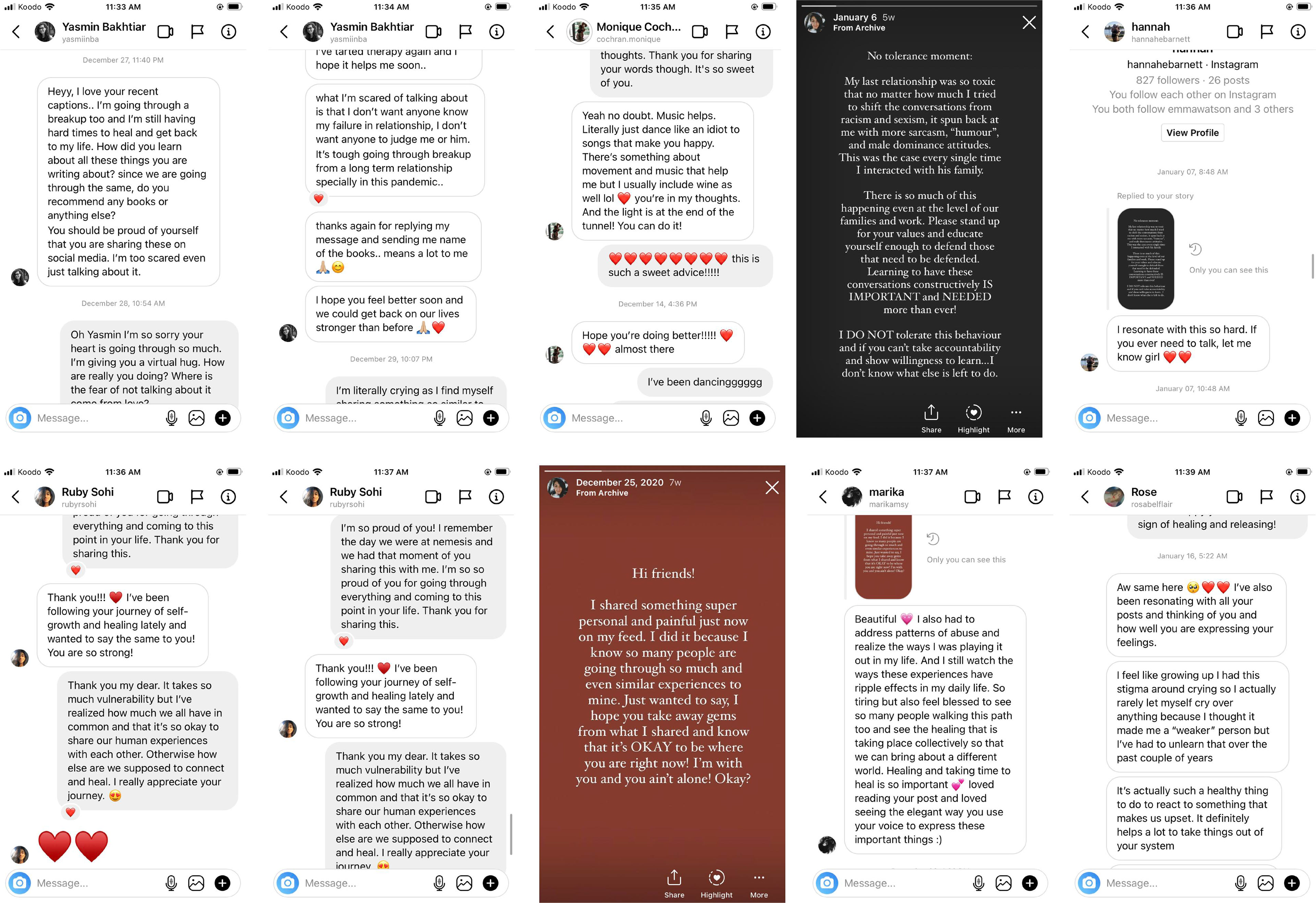
2. Material/Aesthetic Concerns
The project adopted a raw and empathetic visual style. Photographs captured in natural light symbolized healing and renewal, while soft, slow movements in video content reflected the gentle process of emotional recovery. The color palette leaned towards muted, calming tones, creating a sense of introspection and solace. These choices were intentional, aligning with the project’s goal of fostering connection and authenticity.



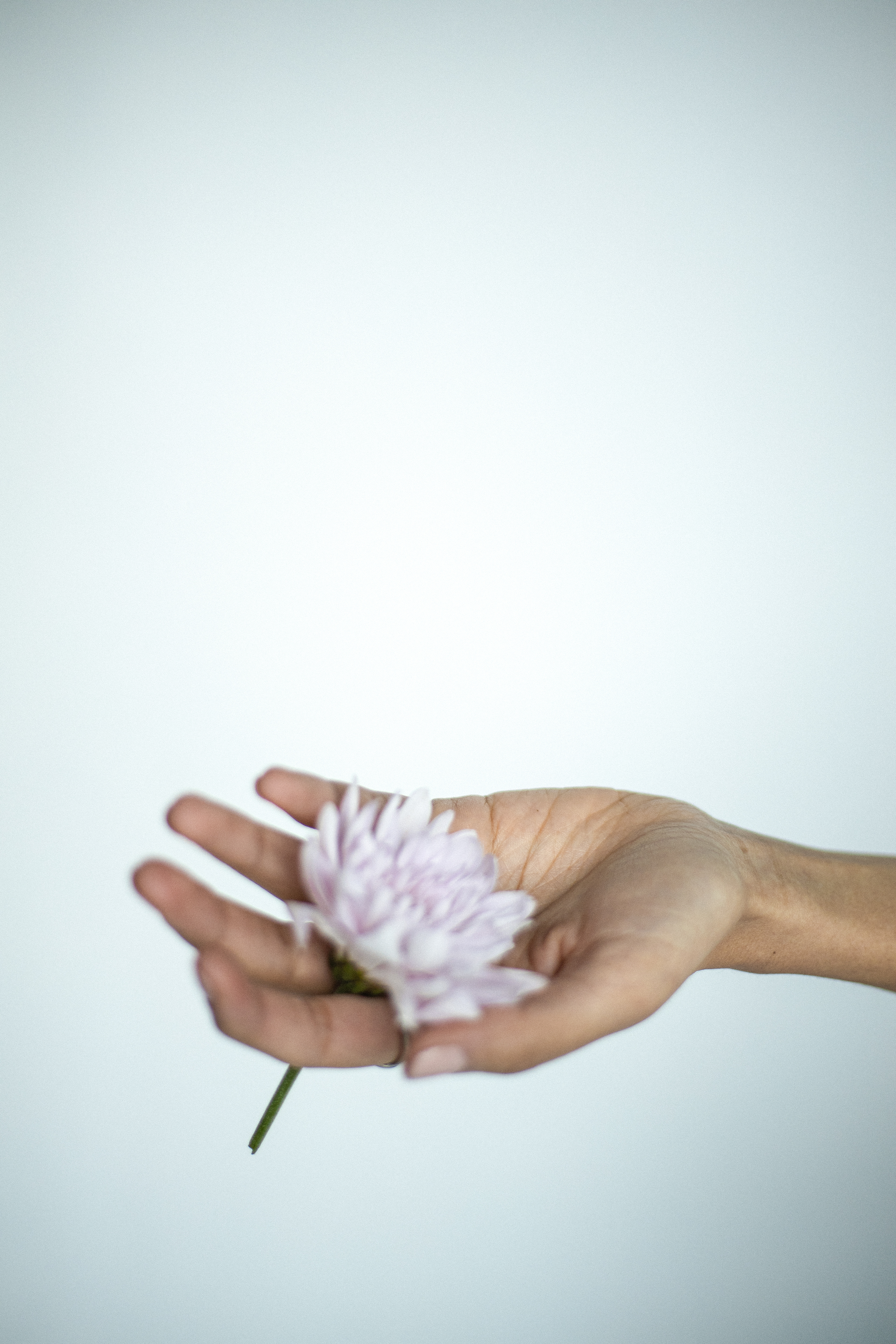


3. Technologies Used
I utilized various digital tools for UX/UI design, photography, video editing, and book design. Tools like Adobe Suite enabled the seamless integration of visual and textual elements. Collaborations with photographers brought additional depth to the visual narrative. The website acted as a digital repository for the project's core message, supported by the production of an introductory video to anchor viewers emotionally.
4. Theoretic/Thematic
"VOYAGE" deeply engages with themes of vulnerability, healing, and connection, tying in concepts from the following readings and theories:
Pallasmaa’s The Thinking Hand (2009): The tactile, handmade elements in "VOYAGE" reflect Pallasmaa’s emphasis on the sensory nature of design. These qualities create an intimate, human-centered narrative that fosters emotional connection.
Decolonization Theory (Tlostanova, 2017): The project challenges dominant narratives that stigmatize vulnerability by reframing it as a strength, aligning with decolonial design’s aim to create inclusive and empathetic narratives.
Narrative Therapy (White & Epston, 1990): By using design as a medium for storytelling, "VOYAGE" adopts principles of narrative therapy, emphasizing the power of personal stories to promote healing and connection.
Systems Thinking (Meadows, 1997): The project examines the feedback loops between individual healing and societal perceptions of trauma, mirroring Meadows’ approach to understanding systems holistically.
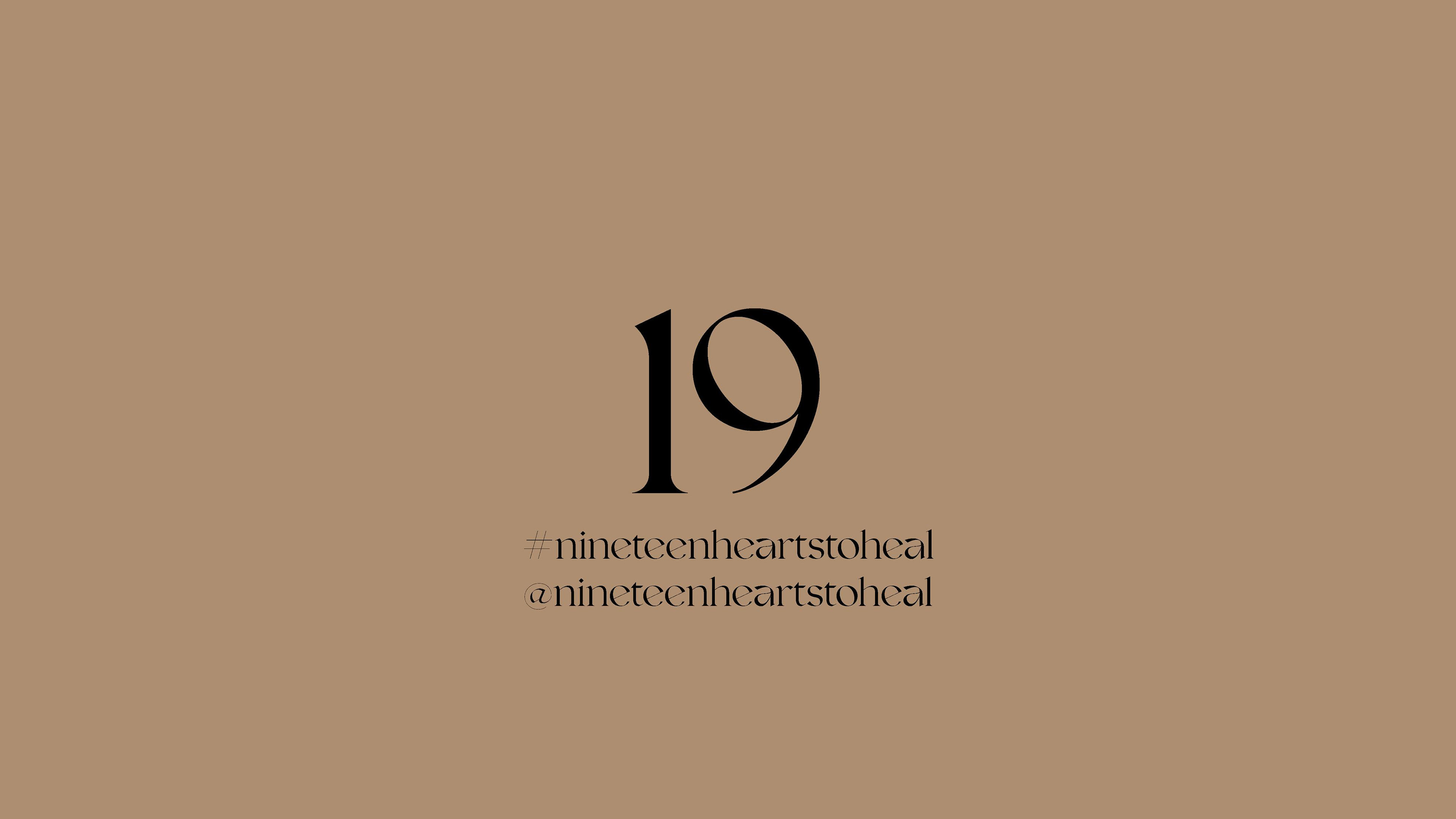
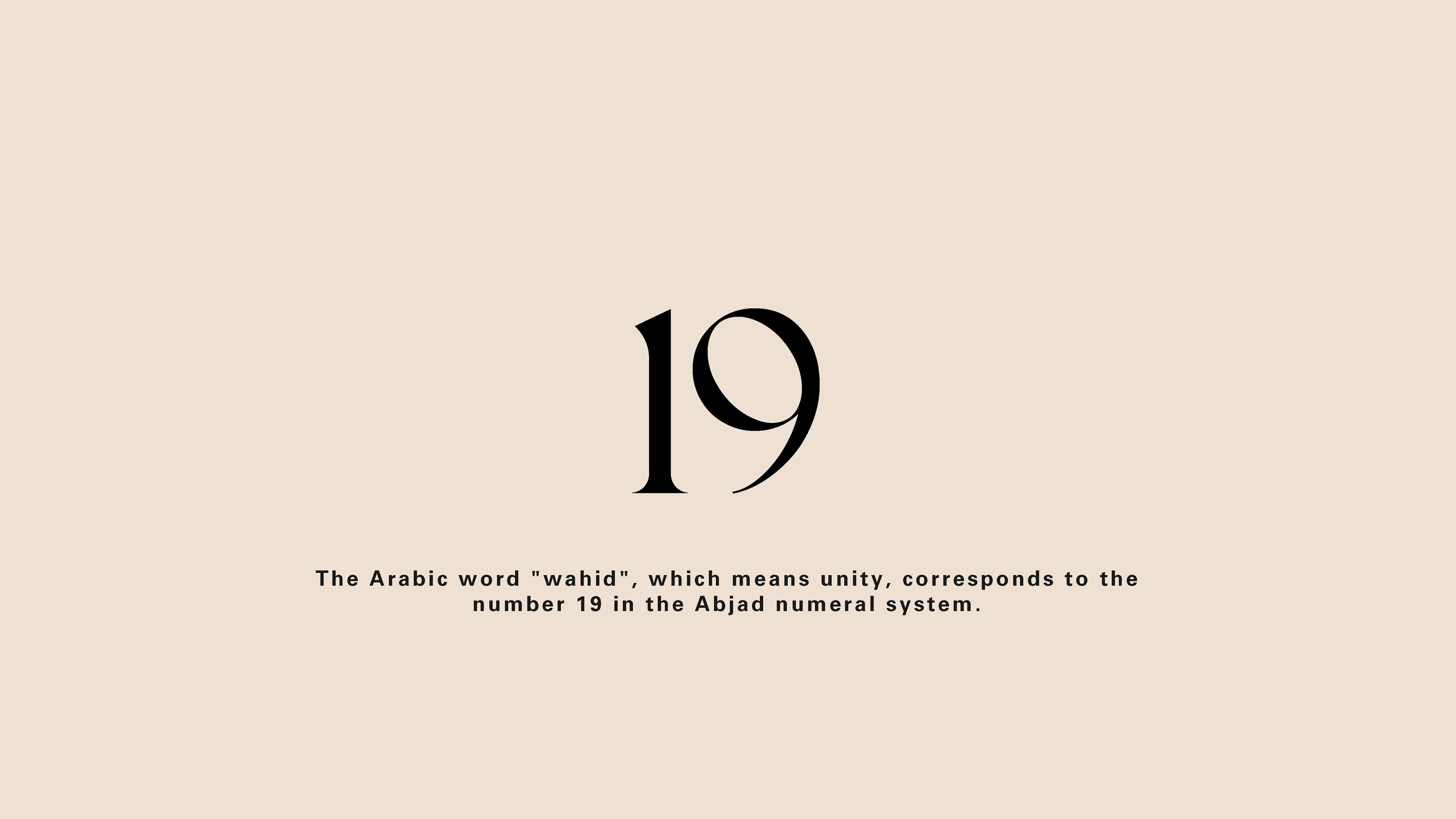
5. Connections to Larger Systems
The project aligns with broader movements in mental health advocacy and trauma-informed design. Like campaigns that destigmatize mental health struggles, "VOYAGE" uses storytelling to create safe spaces for dialogue. The focus on personal growth and community parallels initiatives like Brené Brown’s work on vulnerability as a leadership strength.
Community Impact: Beyond its artistic and therapeutic dimensions, "VOYAGE" has made a tangible impact on the community. Through fundraising efforts, the project has provided therapy sessions for 19 individuals, demonstrating the practical application of design in addressing mental health needs and fostering community well-being.
6. Theme of My Choosing: What I Would Design Differently
If revisiting this project, I’d expand the narrative to include more perspectives, particularly from marginalized communities where vulnerability intersects with systemic challenges. Additionally, introducing interactive features on the website could deepen audience engagement, such as allowing users to contribute their own stories of healing.